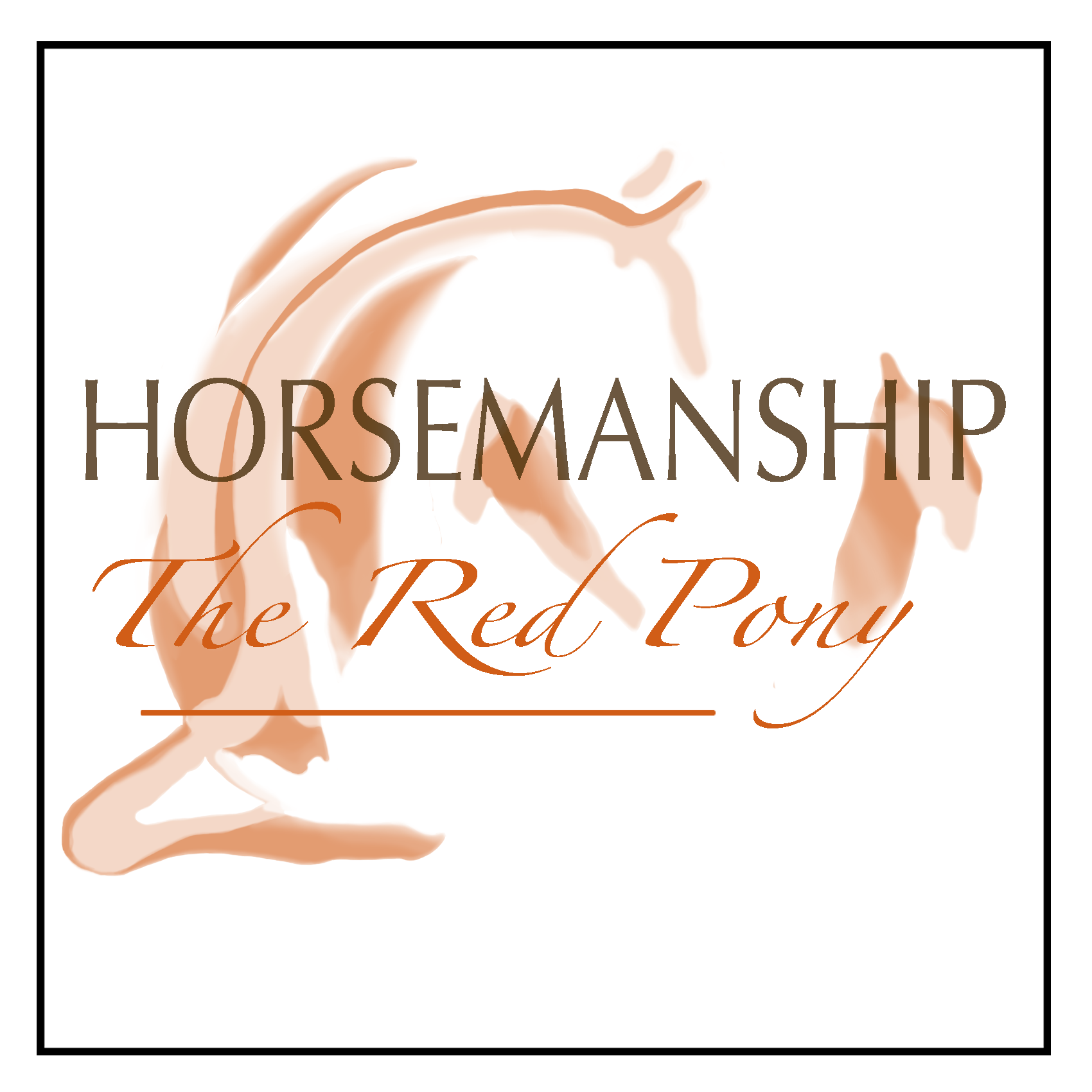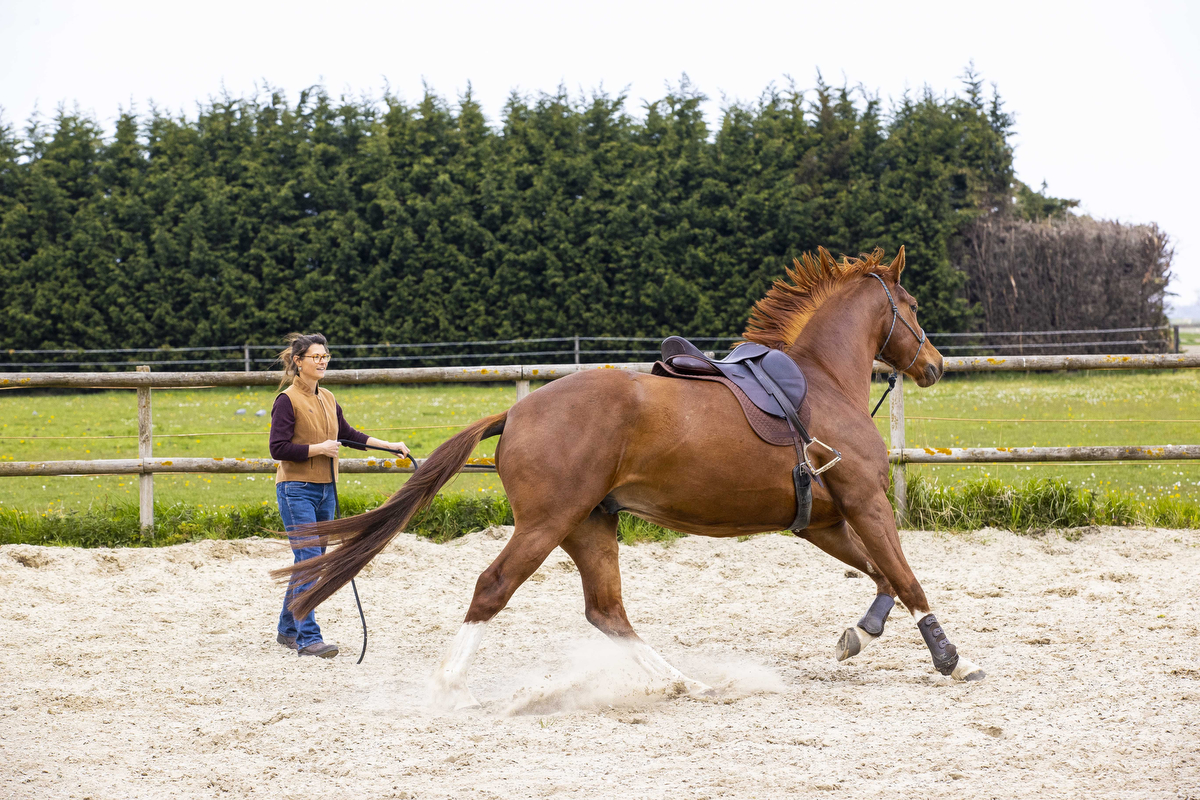
All riding horses, but especially horses that have physical challenges, horses with behavioural problems and youngsters just being started under saddle, will benefit from classical biomechanical and gymnasticising work, bodywork, attention to hoofcare and bodywork. Mandy complements her expertise in the Buck Brannaman style of horsemanship with knowledge from different approaches in these areas, such as the Masterson Method, Karen Rohlf’s Dressage Naturally, hoofcare from David Landreville, and the AAoR from Bent Branderup.
Classical dressage has its roots in old Europe. Today, there are different classical traditions which have been formed – and changed – over a long period of time. We’re still able to find masters in the art of classical riding today. The Red Pony – Horsemanship focuses mainly on the Academic Art of Riding (AAoR) as headed by Bent Branderup, and is particularly interested in how this style shows similarities to the old Californian tradition of horsemanship.
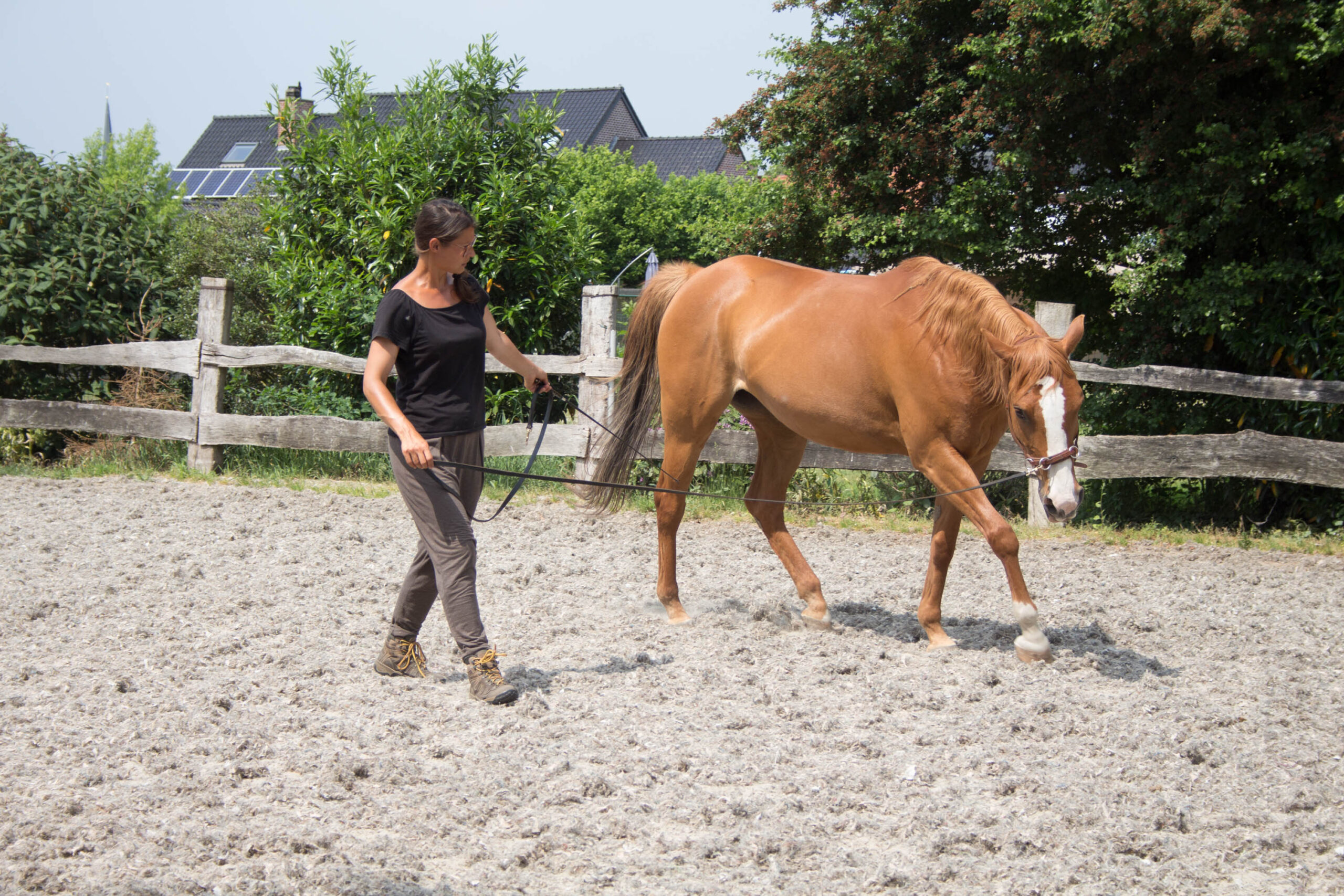
“As the blind person touches the object before him very softly and lightly with his fingertips in order not to interfere with the work of the sensitive nerve ends by too much pressure, so it is the rider’s first obligation to keep soft and natural those parts of his body with which he feels his horse. If his seat meets this requirement, he will soon feel the movement of the horse’s legs and will be able to distinguish each individual one; he will thus have the means at his disposal with which to control them as if they were his own.”
– Gustav Steinbrecht
Academic groundwork and riding addresses the natural asymmetry of horses, and consists of a training scale of balancing, suppling, and strengthening exercises. The goal of these exercises is to make the horse stronger, straighter, more supple and more flexible – and thereby more able to carry us as riders in a healthy, balanced way.
The kind of balance we are looking for differs per horse and our riding purposes. For most recreational riding, a working, horizontal balance, where the horse can distribute his weight evenly between his front- and his hindquarters, is the least we should strive for in order to prevent early wear and tear.
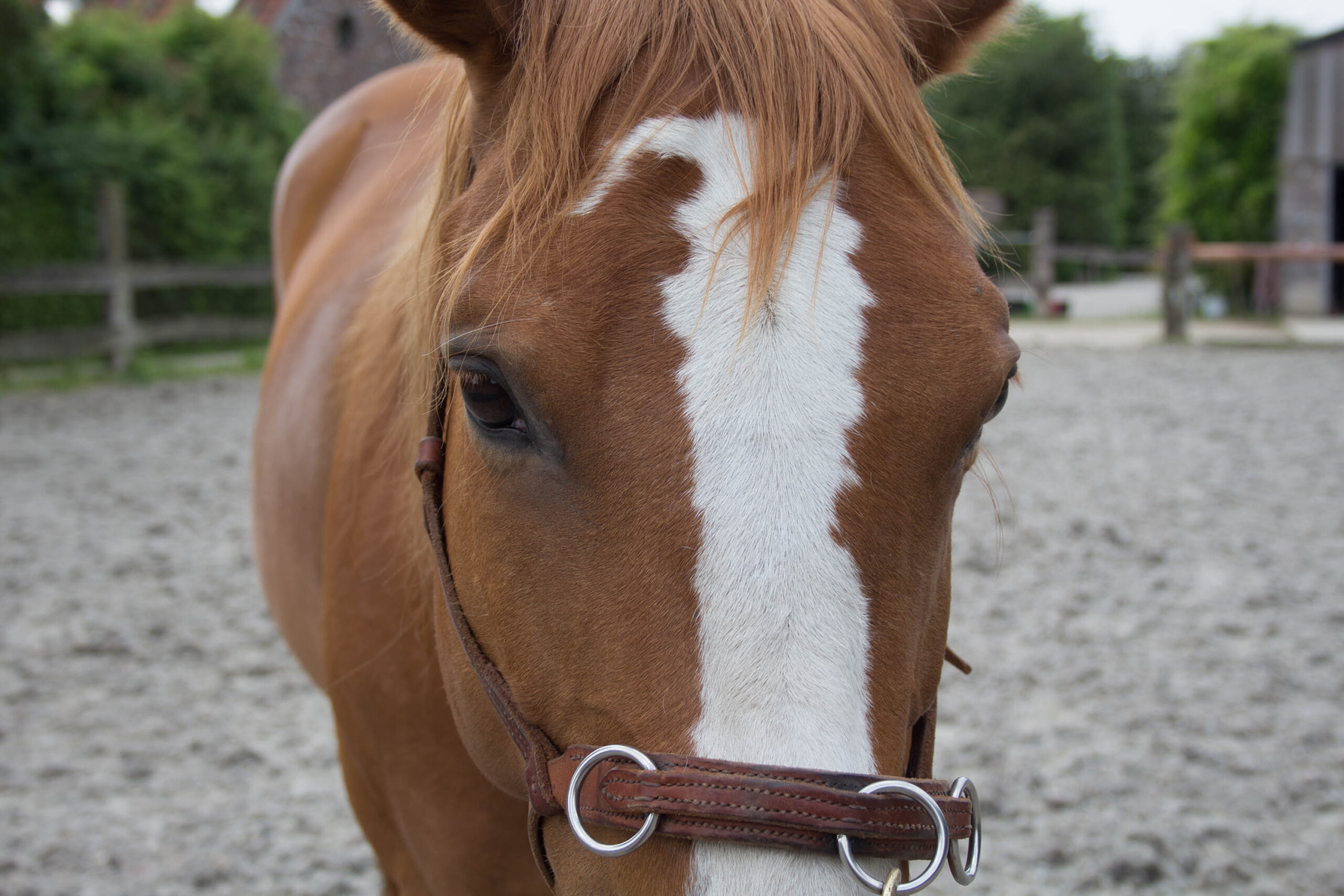
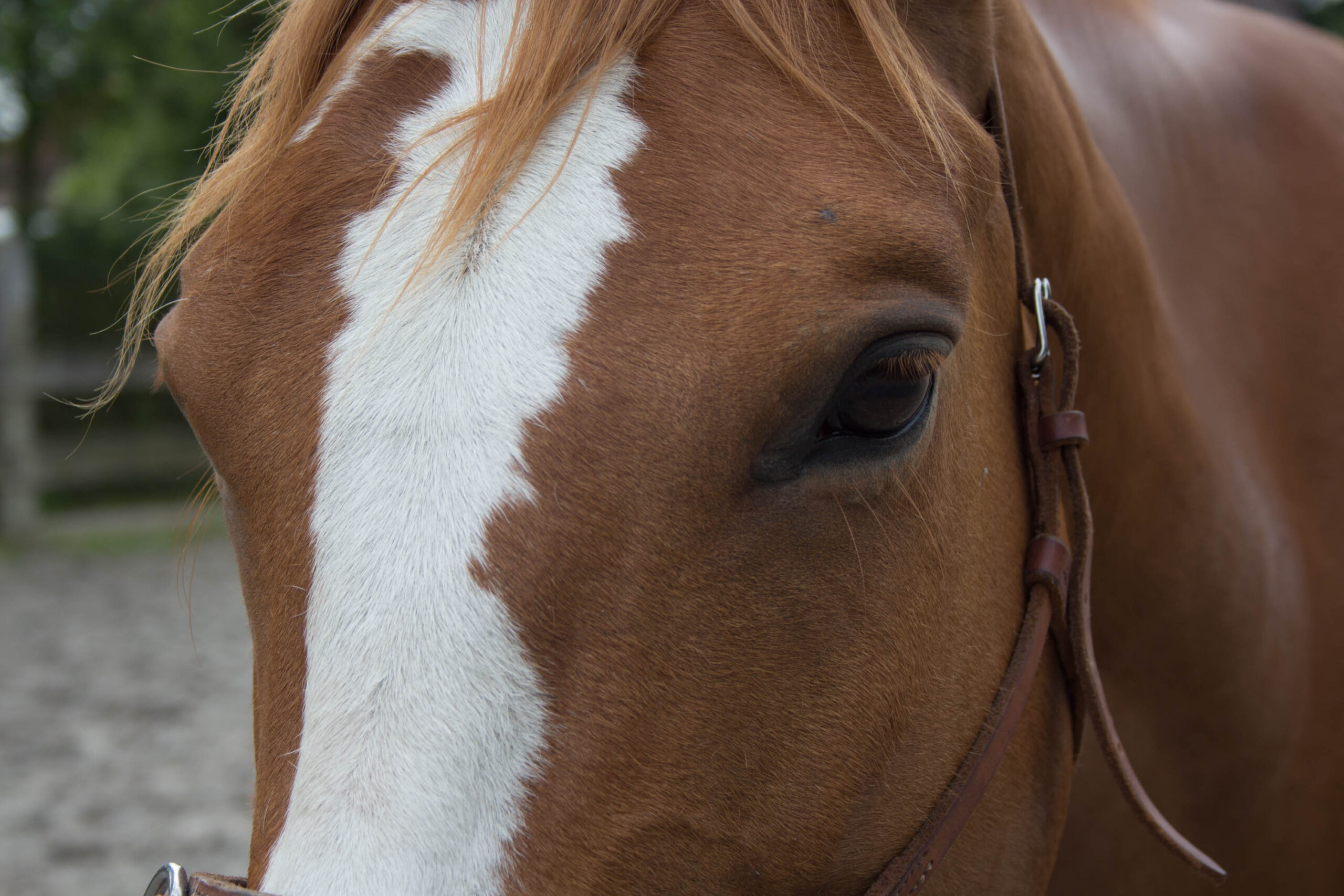
Because the academic groundwork starts with up-close work to the human, it is helpful if the horse has an awareness of personal space, respects the human, and is in a learning frame of mind. It is recommended to have a solid horsemanship foundation in place prior to starting with these exercises.
NB: For these groundwork sessions you’ll need a cavesson, a somewhat longer “whip” (approx. 1.20m), and a not too heavy leadrope or rein.
